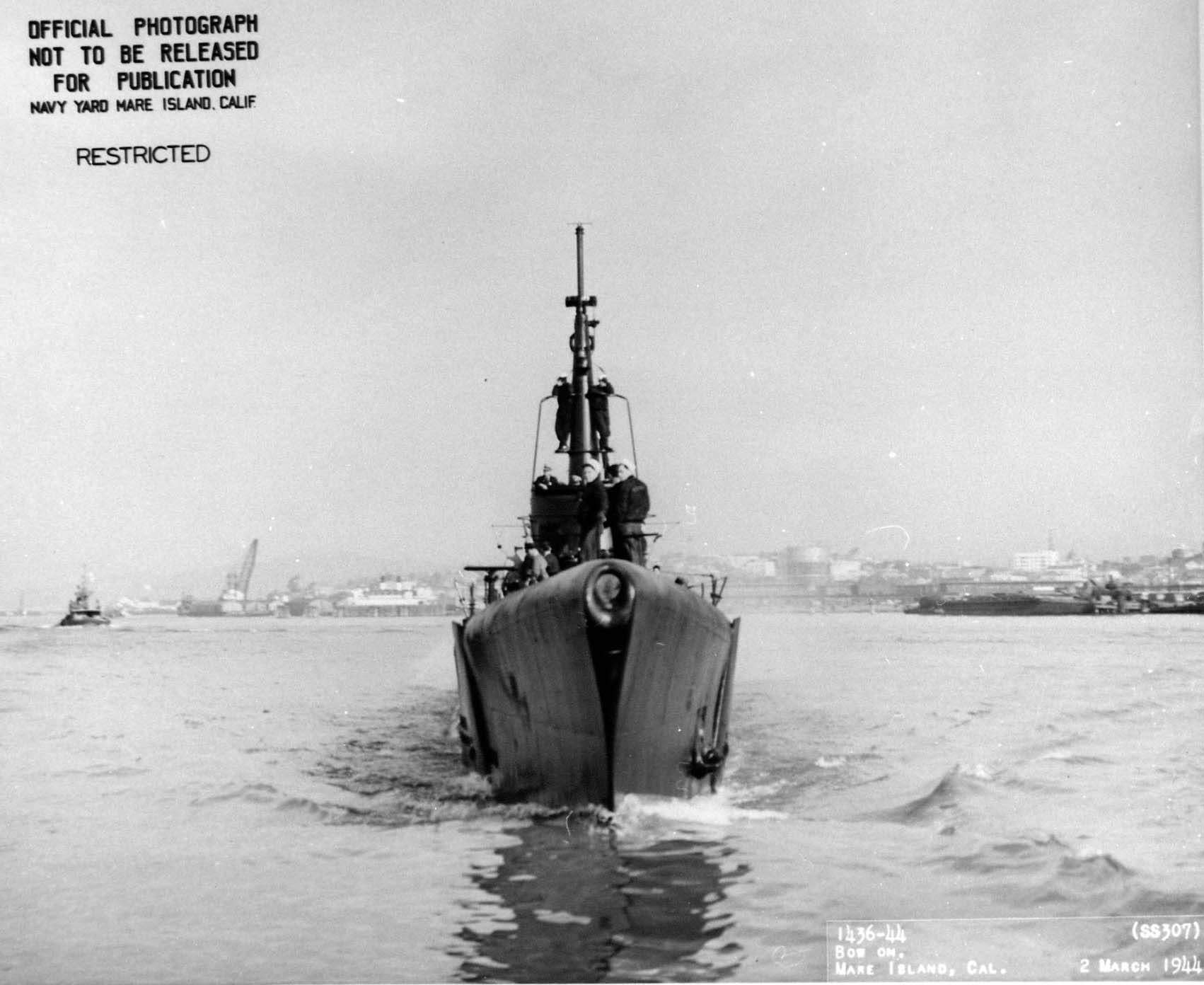Starboard view of the screw sloop HMS Torch at anchor. A ship connected to New Zealand
HMS Torch 1905.
Australia Station flagship HMS EURYALUS with HMS TORCH
The 12,000 ton Cressy Class armoured cruiser HMS EURYALUS, last of her class, served as the flagship of the Australia Station’s Commander-in-Chief Vice Admiral Sir Arthur Fanshawe in 1904-1905, having relieved HMS ROYAL ARTHUR.
Seen in foreground here is the 960 ton steel screw sloop HMS TORCH built at Sheerness Dockyard and completed in October 1895. She joined the Australia Station squadron in February 1897 and was one of the RN ships still present when the new Royal Australian Navy fleet squadron made its ceremonial entry into Sydney Harbour on October 4, 1913.
In 1917 she was handed over to the New Zealand Government and re-named FIREBRAND. Eventually sold into trade she became a refrigeration vessel named RAMA for a fishing fleet operating off the Chatham Islands, and was lost there when she struck an uncharted rock on Nov. 17, 1924. No lives were lost.
Torch was launched at Sheerness dockyard on 28 December 1895, completed in October 1895 and sailed to join the Australian Station in February 1897. In 1898 and 1899 she served in New Zealand waters. In 1901 she formed part of the naval escort during the visit of the Duke and Duchess of York to Australian and New Zealand. In 1910-1911, after many years of patrol work around the Pacific Islands, she was refitted in Sydney and it is probable there were some changes to her rigging and armament. By the time the First Australian Fleet Unit arrived in Sydney in 1913 she was paid off. In 1917 she was handed over to the New Zealand government and renamed Firebrand. She was sold and fitted out with refrigeration for the Chatham Island fishing trade and renamed Rama. On 17 November 1924 she was holed by an uncharted rock approaching the harbour of the Chatham Islands, beached and abandoned.
from Blogger https://ift.tt/69OAMpk
via IFTTT March 04, 2024 at 02:08PM See all posts in full – click here https://jcsnavyandmilitarynews.blogspot.com/






















